What is an electromagnetic pickup?
So… what is this thing we are talking about? The invention of the electric guitar changed the world of music forever, but how? In the following article we’ll unveil the history and the technology behind one of the most meaningful musical inventions of all times.

The invention of the Electromagnet
In 1820 Danish scientist Hans Christian Ørsted discovered that electric currents create magnetic fields, paving the way for the British scientist William Sturgeon to invent the electromagnet in 1824. His first electromagnet was a horseshoe-shaped piece of iron that was wrapped with about 18 turns of bare copper wire (insulated wire didn’t exist yet). The iron was varnished to insulate it from the windings. When a current was passed through the coil, the iron became magnetized and attracted other pieces of iron; when the current was stopped, it lost magnetization.
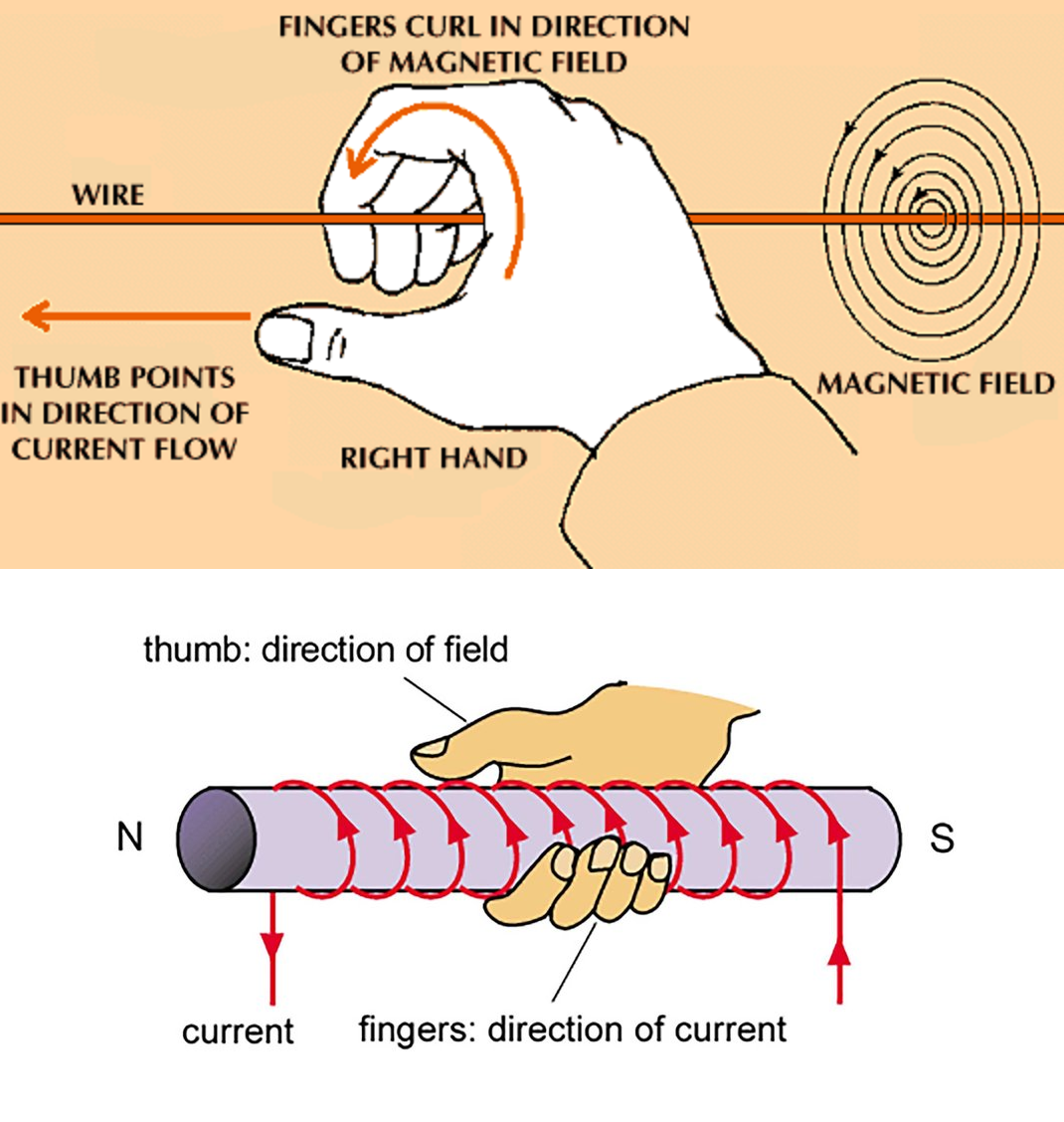
How does it work:
What Orsted found is that if you take a conductive wire and run an electric current through it, it will create a magnetic field around the wire. The direction of the magnetic field can be illustrated with the “Right Hand” rule:
Fingers point in the direction of the current, thumb points in the direction of the magnetic field. If the wire is wrapped around an iron core, the latter will be magnetized and the same “Right Hand” rule applies here too: The fingers point in the direction of the current and the thumb points in the direction of the magnetic field.
How is this relevant?
Any change in the strength of the current will cause an equivalent change in the magnetic field. That same principle works backwards: any change in the magnetic field in such a design will create an electric current in the wire.
The electric guitar strings are made of steel and nickel and they are magnetized by the pickup’s magnet. When the strings move, they interact, slightly changing the magnetic field which in turn produces an electric current in the wire wrapped around the magnet.
This string movement produces an alternating current (or signal) that is then transferred to the amplifier.

First Pickup
In the mid-1920s, George Beauchamp, a guitarist from California, started experimenting with amplification for guitars. He started with a phonograph pickup assembly and moved on to trying and testing different coils and magnet combinations to create the world’s first electromagnetic pickup, using washing machine and sewing machine motors.
Adolph Rickenbacker, an engineer and a wealthy owner of a tool and die business, supported Beauchamp, who eventually succeeded in creating the first single coil pickup. The pickup’s construction was known as the “horseshoe pickup” for the two “U” shaped magnets. These magnets surrounded the strings. Underneath the strings was just one coil wrapped around a core plate.
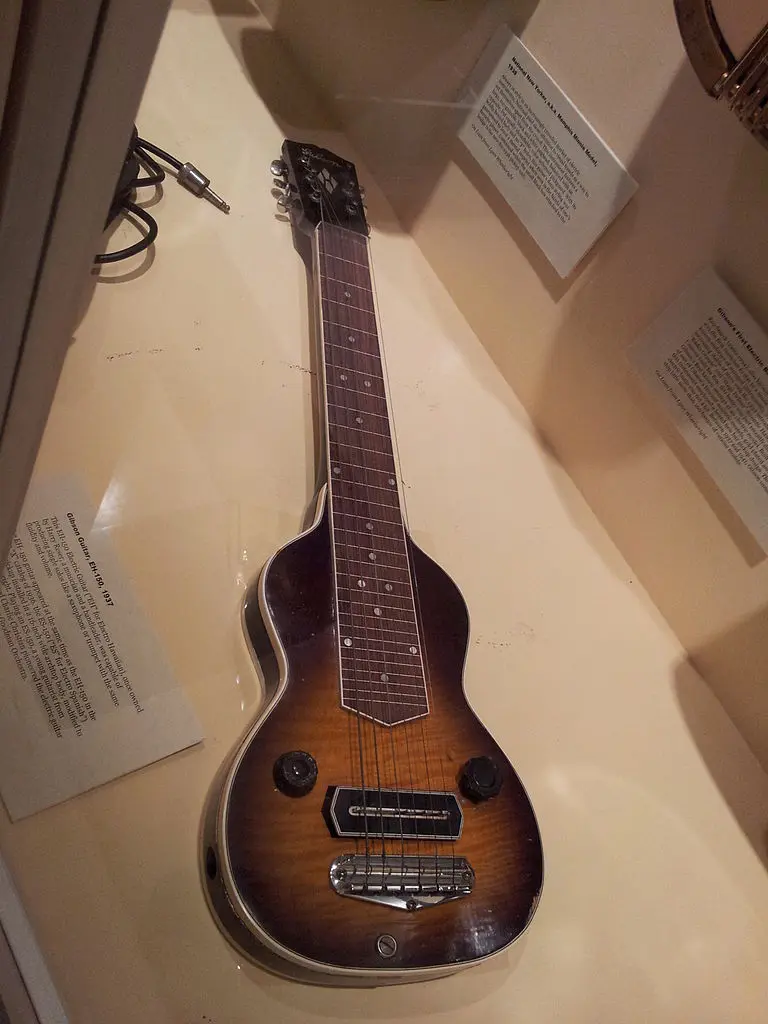
In the years that followed
Following the concept of electromagnetic amplification, Gibson introduced the “bar pickup” in 1935, which was mounted on a new line of lap steels.
The pickup’s design was simple and elegant, using two flat magnets underneath the coil, magnetizing a bar that ran through the middle of the coil.
In 1936 Gibson introduced a new guitar, the new ES-150, which is the first electric Spanish guitar to be fitted with a bar design. This pickup would later be known as the “Charlie Christian Pickups”. Charlie Christian started playing the ES-150 in the late 30’s with the Benny Goodman Orchestra causing a huge soar in the popularity of the electric guitar.
Most common designs of single coil pickups:

Stratocaster – The most common and well known pickup today must be the Fender Stratocaster pickup.
The simple, basic design, that almost everybody loves, is elegant and easy to understand.
A row of six magnets, held in place by flatwork material, is wrapped with a coil.
That’s it! Of course all the different types of magnets, coils etc. can vary and change so many characteristics of the tone, but the general idea is that these pickups are bright and crisp, with a very defined low end.
They are used mostly for country, classic rock, indie, funk, and blues.
Single coil pickups are more suitable for low gain and clean sound situations because of the 60/50 cycle hum they have that many players find annoying.
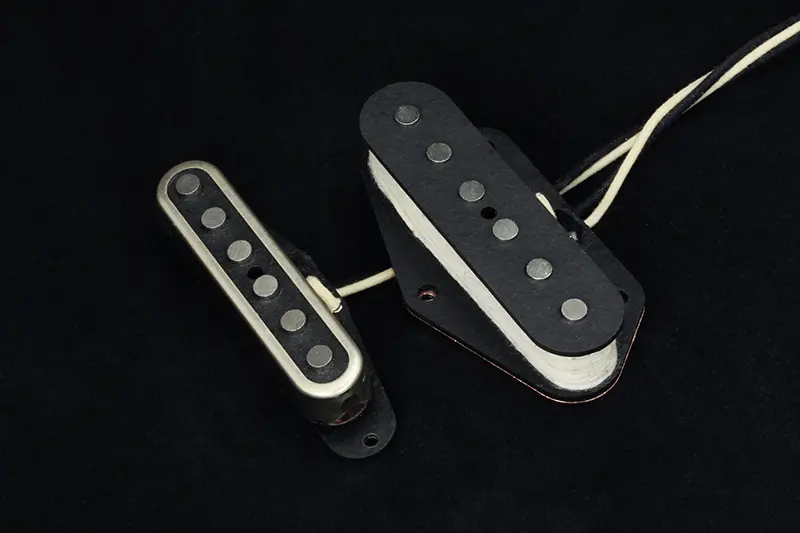
Telecaster pickups – Basically the same idea as the Stratocaster, but with a few changes to the size, resistance, the incorporated steel base plate in the bridge position, and a metal cover for the neck position.
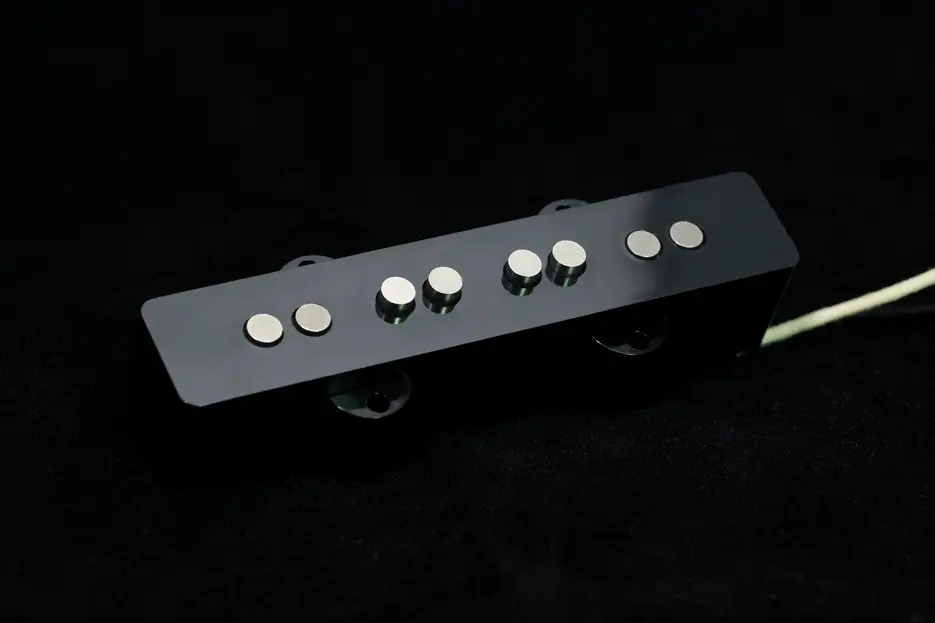
Jazz Bass pickup – Also follows the design of the Stratocaster with a few changes to size and resistance.

P-90 pickup – This pickup is still a single coil but the design is closer in concept to the original bar magnet pickup. This pickup uses two bar magnets underneath the coil that magnetize screws that run through the coil. This design is much warmer in tone and produces a higher output.

Jazzmaster – Lies between Strat and P-90. The magnets are positioned inside the coil just like a Strat pickup, and the coil is wrapped in a wide and low profile like a P-90 pickup. This pickup is sharp and fast, with lots of midrange.
Humbuckers:
The humbucker was invented in order to eliminate the hum property of single coil pickups.
Two coils are wrapped in opposite directions that phase out the electromagnetic hum but keep the tone of the string intact.
The most common humbucker design is the P.A.F design. It is very versatile with a deep low end, warm and sweet highs, and emphasized low mid frequencies. High-gain rock players adore it and it is also found in Jazz, Heavy Rock, Blues, Pop, Metal, Classic Rock and much more..
Common models of humbuckers:

P.A.F pickup – the design was invented in the 50’s and is associated mostly with “Gibson” but is embraced by almost every guitar manufacturer in the world.
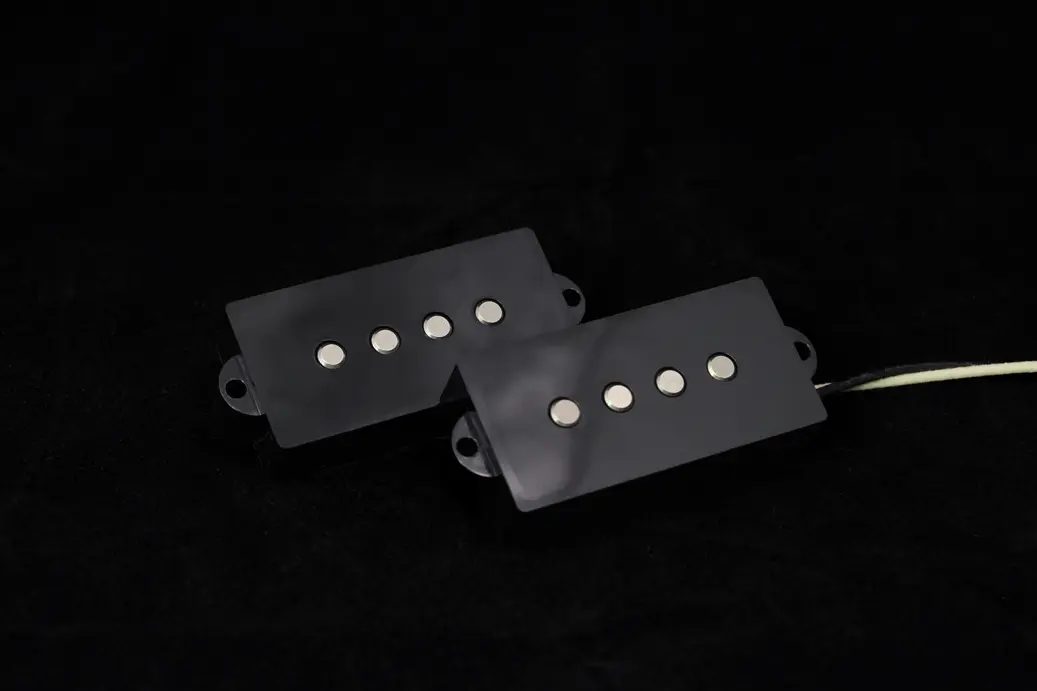
Precision Bass pickup – Also known as “Split P.” is actually two single pickups, that are wrapped in opposite directions and connected in series, each capturing only two strings. The hum-canceling effect remains while some tone characteristics of a single pickup are maintained like dynamics and transparency.
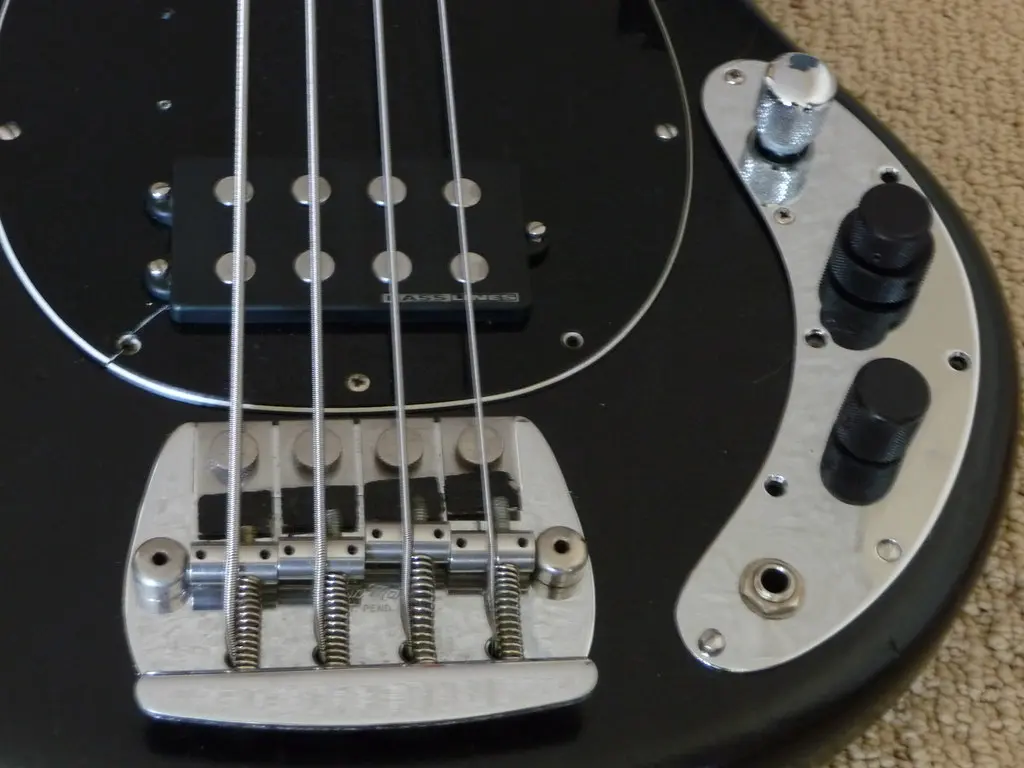
Musicman stingray – Iconic bass pickup with lots of mids – usually wired to active electronics. We can find these pickups in Funk, Metal, and rock for their fast punch and crispness.
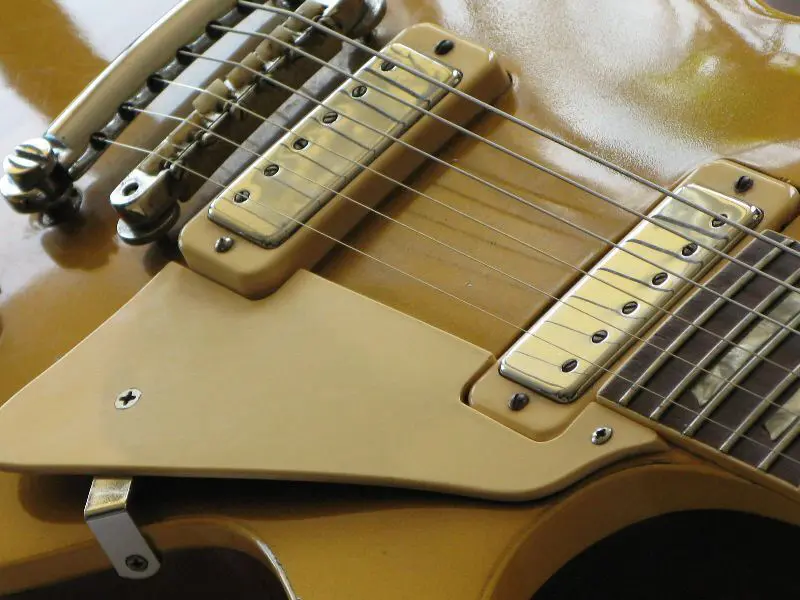
Mini-humbucker – A small version of a P.A.F. but due to its size it’s manufactured with different coils and is often more compressed than the standard P.A.F. Some designs can fit a standard single size cavity (like a Stratocaster cavity), thus making them very useful for retrofitters who wish to eliminate hum in their Strats.
The electromagnetic guitar pickup has changed very little, if at all, since it was invented so many years ago in the midst of last century. Seems legit… It’s elegant, simple, expressive, soulful and sounds just great!
There are so many options today and if you keep searching you will eventually find your perfect match, so listen to as many pickups as possible, and don’t hesitate to contact us for more info and guidance.

